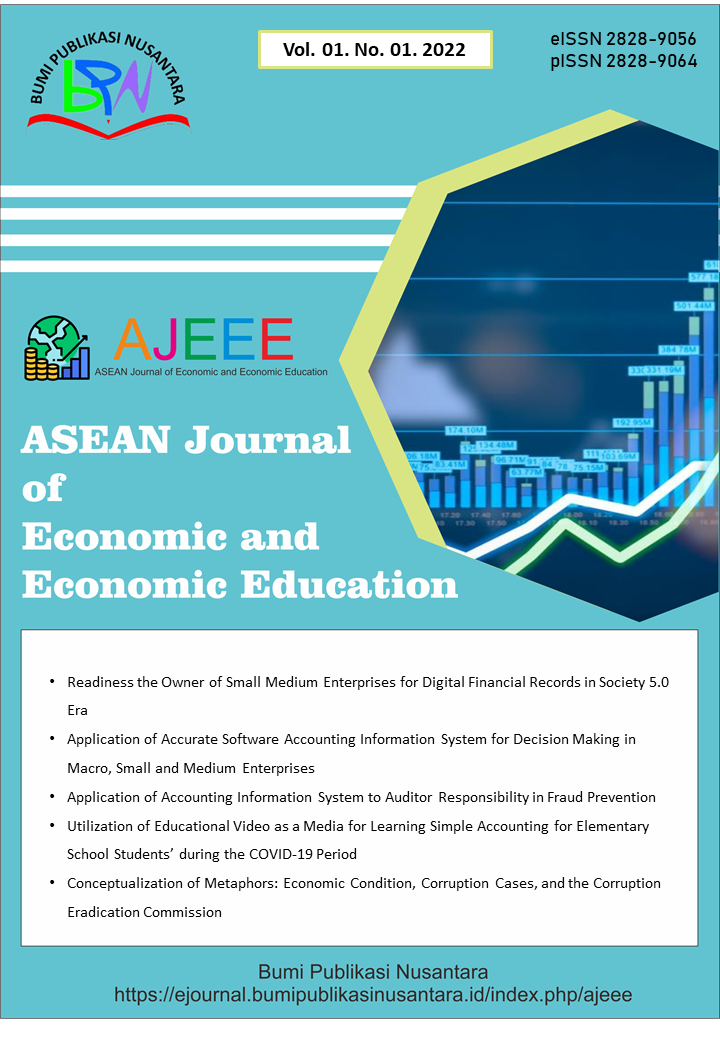Consumers’ Acceptability of Vegan-meatball Varieties as Commercial Meatballs
 ), Precious Angel M. Dolor(2), Isiah F. Jamison(3), Khirtz Rianne Edgar M. Sevelleno(4), Anamarie G. Valdez(5),
), Precious Angel M. Dolor(2), Isiah F. Jamison(3), Khirtz Rianne Edgar M. Sevelleno(4), Anamarie G. Valdez(5),
(1) Sultan Kudarat State University
(2) Sultan Kudarat State University
(3) Sultan Kudarat State University
(4) Sultan Kudarat State University
(5) Sultan Kudarat State University
 Corresponding Author
Corresponding Author
Abstract
Keywords
References
Atmowardoyo, H. (2018). Research methods in TEFL studies: Descriptive research, case study, error analysis, and R and D. Journal of Language Teaching and Research, 9(1), 197-204.
Bolhuis, D. P., and Forde, C. G. (2020). Application of food texture to moderate oral processing behaviors and energy intake. Trends in Food Science and Technology, 106, 445-456.
Cariño, M., and Monteforte, M. (2018). Las minas marinas del Golfo de California: del extractivismo a la sustentabilidad. Relaciones. Estudios de Historia y Sociedad, 39(153), 11-39.
Cordelle, S., Redl, A., and Schlich, P. (2022). Sensory acceptability of new plant protein meat substitutes. Food Quality and Preference, 98, 104508.
González, N., Marquès, M., Nadal, M., and Domingo, J. L. (2020). Meat consumption: Which are the current global risks? A review of recent (2010–2020) evidences. Food Research International, 137(2020), 109341.
He, J., Evans, N. M., Liu, H., and Shao, S. (2020). A review of research on plant‐based meat alternatives: Driving forces, history, manufacturing, and consumer attitudes. Comprehensive Reviews in Food Science and Food Safety, 19(5), 2639-2656.
Kim, T. K. (2017). Understanding one-way ANOVA using conceptual figures. Korean Journal of Anesthesiology, 70(1), 22-26.
Lee, H. J., Yong, H. I., Kim, M., Choi, Y. S., and Jo, C. (2020). Status of meat alternatives and their potential role in the future meat market—A review. Asian-Australasian Journal of Animal Sciences, 33(10), 1533.
Michel, F., Hartmann, C., and Siegrist, M. (2021). Consumers’ associations, perceptions and acceptance of meat and plant-based meat alternatives. Food Quality and Preference, 87, 104063.
Mudrak, R., Nyzhnyk, I., Lagodiienko, V., and Lagodiienko, N. (2019). Impact of seasonal production on the dynamics of prices for meat and dairy products in Ukraine. TEM Journal, 8(4), 1159.
Ouyang, Y., Behnke, C., Almanza, B., and Ghiselli, R. (2018). The influence of food aromas on restaurant consumer emotions, perceptions, and purchases. Journal of Hospitality Marketing and Management, 27(4), 405-423.
Pellegrino, R., McNelly, C., and Luckett, C. R. (2021). Subjective touch sensitivity leads to behavioral shifts in oral food texture sensitivity and awareness. Scientific Reports, 11(1), 1-9.
Radulescu, A., Shin, Y. S., and Niv, Y. (2021). Human representation learning. Annual Review of Neuroscience, 44(1), 253-273.
Article Metrics
Abstract View : 3328 times
: 3328 times Download : 4741 times
Download : 4741 times
Refbacks
- There are currently no refbacks.
Copyright (c) 2022 Yayasan Bumi Publikasi Nusantara

This work is licensed under a Creative Commons Attribution-ShareAlike 4.0 International License.



_publication_ethics1.png)



